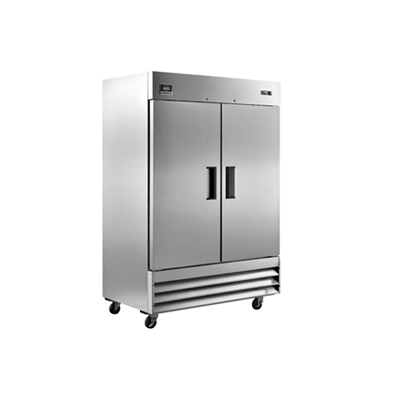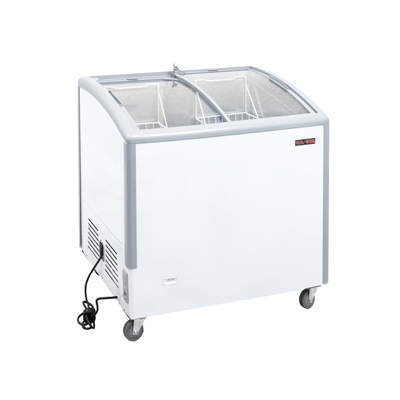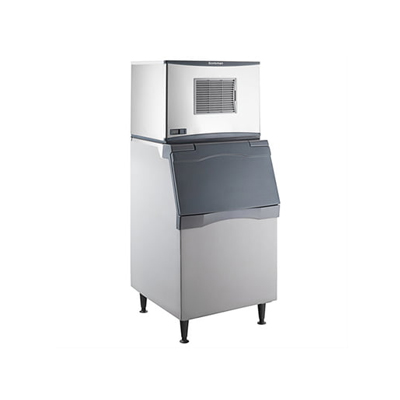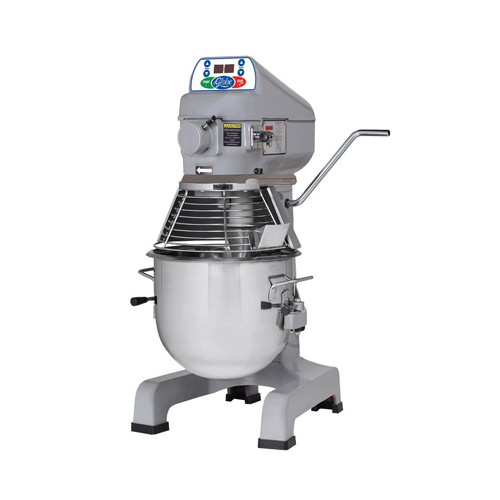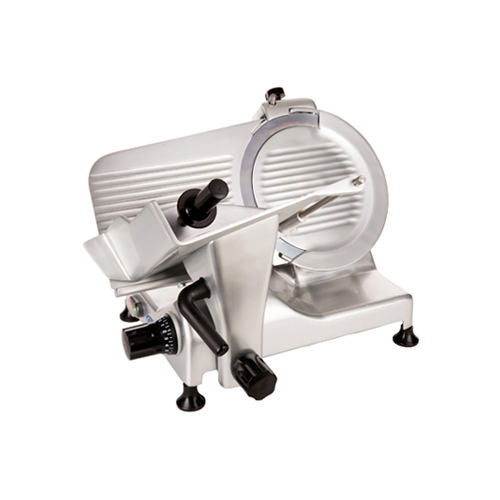Top Commercial Dishwashers in Canada | Expert Guide for 2025
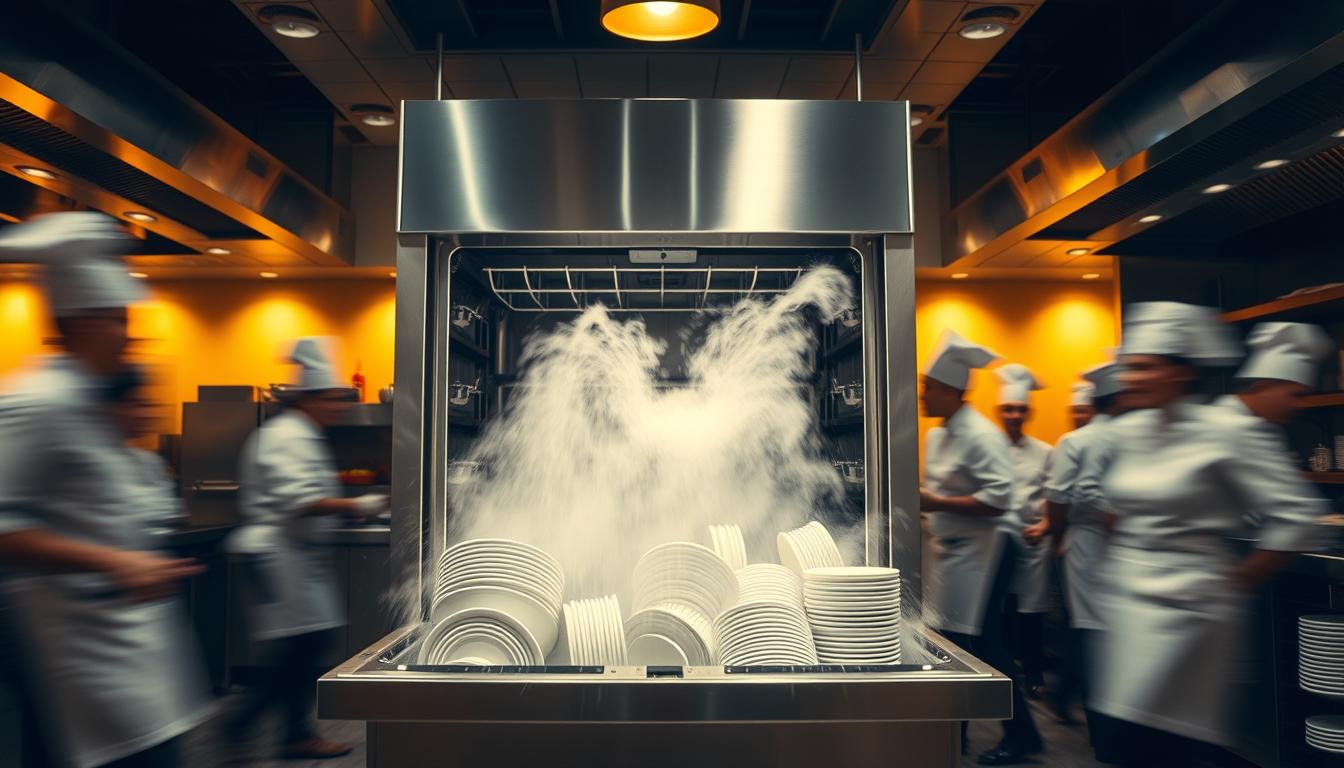
Did you know that over 70% of Canadian restaurants have upgraded their dishwashing systems in the past five years to improve efficiency and meet health standards? This surge highlights the critical role of modern dishwashers in maintaining hygiene and streamlining kitchen operations.
Selecting the right dishwasher can significantly enhance your kitchen’s efficiency and ensure compliance with health regulations. With various types available—such as high-temperature, low-temperature, undercounter, and glasswashers—each offers unique benefits tailored to different needs.
High-temperature dishwashers, for instance, sanitize at 180°F, eliminating the need for chemicals, while low-temperature models rely on sanitizing solutions. Undercounter dishwashers are ideal for smaller spaces, similar to household models but designed for commercial use. Glasswashers, often undercounter, prioritize quick glassware turnaround with chemical sanitizing.
Advancements in technology have revolutionized dishwashing, enhancing performance, safety, and efficiency. Leading brands like Hobart offer innovative solutions that integrate seamlessly into modern kitchens, setting new standards in the industry.
For those seeking expert guidance, Babak Food Equipment provides comprehensive insights and top picks for 2025, ensuring you find the perfect fit for your restaurant.
Introduction to Top Commercial Dishwashers in Canada
Canadian restaurants are increasingly adopting advanced dishwashing solutions to maintain high hygiene standards and streamline operations. A robust dishwasher is no longer a luxury but a necessity for modern kitchens.
What Makes Commercial Dishwashers Essential for Your Restaurant
A top-performing dishwasher is vital for food safety and efficiency. It ensures dishes are sanitized at high temperatures, eliminating harmful bacteria. This is especially critical in busy restaurants where manual washing may fall short.
2025 Trends and Industry Insights
In 2025, the focus is on energy and water efficiency. Leading brands like Hobart and Moyer Diebel are innovating with eco-friendly designs. These machines not only conserve resources but also enhance cleaning performance.
Undercounter models are gaining popularity for their space-saving design and quick turnaround, especially for glassware. With smart technology, dishwashers now offer real-time monitoring and optimized cycles, reducing operational downtime.
Investing in such technology not only boosts efficiency but also aligns with growing environmental consciousness.
Understanding Your Restaurant’s Dishwashing Needs
Assessing your restaurant’s dishwashing needs is crucial for optimizing kitchen efficiency and ensuring food safety. The right dishwasher can streamline operations, reduce labor costs, and maintain high hygiene standards.
Assessing Kitchen Size and Daily Volume
Kitchen size plays a significant role in selecting the right dishwasher. For smaller spaces, undercounter models are ideal as they occupy minimal footprint while handling up to 35 racks per hour. Larger kitchens may require conveyor dishwashers, which can process over 400 racks per hour.
Daily dish volume must align with the dishwasher’s throughput. High-temperature models sanitize at 180°F, ideal for busy restaurants. Consider water and energy consumption to optimize performance and costs. Energy-efficient models can reduce utility bills by 20-30%.
Restaurant layout and environment are also critical. Door-type dishwashers allow continuous operation, reducing downtime during peak hours. Glasswashers are perfect for bars with high glassware turnover, handling up to 2,000 glasses per hour.
By evaluating these factors, restaurant managers can ensure their dishwashing system meets operational needs efficiently.
Benefits of Investing in a Commercial Dishwasher
Investing in a high-quality commercial dishwasher offers numerous advantages for your restaurant. Not only does it enhance food safety, but it also leads to significant cost savings and operational improvements. Modern dishwashers are designed to meet NSF standards, ensuring consistent sanitizing temperatures and effective cleaning cycles.
Enhanced Food Safety and Cleaning Efficiency
Modern dishwashers provide superior sanitization, reducing bacterial contamination by up to 99.9%. This is crucial for maintaining high hygiene standards in busy kitchens. Automatic chemical dosing ensures precise sanitizing, while high-temperature models eliminate the need for additional chemicals, adhering to health regulations.
Cost Savings and Operational Advantages
Efficient cleaning cycles reduce water and energy consumption, lowering operational costs. With faster cycle times, staff can focus on other tasks, enhancing productivity. Leading brands like Hobart offer energy-efficient solutions that provide long-term savings and quick ROI through reduced labor and utility bills.
By choosing a modern commercial dishwasher, you not only improve hygiene but also streamline operations, leading to a more efficient and profitable kitchen environment.
Exploring Different Types of Dishwashers
Choosing the right dishwasher for your restaurant involves understanding the different types available. High-temperature and low-temperature models are two popular options, each with unique benefits and requirements.
High Temperature vs. Low Temperature Models
High-temperature dishwashers sanitize dishes at 180°F, eliminating bacteria without chemicals. They are ideal for busy restaurants but require condensate hoods and more energy. Low-temperature models use chemicals for sanitizing, offering easier installation and lower energy costs, but need proper handling of sanitizers.
Undercounter and Conveyor Solutions
Undercounter dishwashers are perfect for small spaces and specific tasks like glassware, handling up to 35 racks per hour. Conveyor models suit high-volume kitchens, processing over 400 racks hourly but needing more space and resources.
| Type | Temperature | Sanitization Method | Energy Use | Installation Needs |
|---|---|---|---|---|
| High-Temperature | 180°F | Heat | Higher | Condensate Hood |
| Low-Temperature | Ambient | Chemical | Lower | Easier |
| Undercounter | Varies | Heat/Chemical | Medium | Space-Saving |
| Conveyor | High | Heat | Higher | More Space |

Selecting the right dishwasher ensures efficiency and compliance with health standards. Consider your restaurant’s needs to choose the best option.
Spotlight on High Temp Commercial Dishwashers
High-temperature dishwashers are a game-changer for restaurants seeking top-tier hygiene and efficiency. These machines excel in busy environments, ensuring dishes are not only clean but also sanitized to the highest standards.
Sanitization Efficiency and Temperature Control
High-temp dishwashers use heated water cycles to achieve superior sanitization. The final rinse temperature reaches at least 180°F, effectively eliminating bacteria and ensuring food safety. This method is particularly advantageous as it removes stubborn grease and residue without relying on chemicals, which can leave unwanted flavors behind. The surface temperature of dishes during the rinse cycle hits 160°F, further enhancing sanitization.
Installation and Condensate Management Considerations
Installing a high-temperature dishwasher requires careful planning. A condensate hood is essential to manage steam and prevent condensation buildup, which can damage kitchen infrastructure. These dishwashers typically need a 208V power outlet, a step up from the standard 120V used by low-temp models. While the initial investment is higher, the long-term benefits in efficiency and reduced drying time make it worthwhile.
Leading brands like Hobart offer high-temp solutions that maintain consistency even in high-volume kitchens. These machines process up to 400 racks per hour, making them ideal for large restaurants. With faster cycle times and energy-efficient designs, they reduce operational costs and downtime, allowing staff to focus on other tasks.
By choosing a high-temperature dishwasher, restaurants can enhance hygiene, reduce chemical use, and streamline operations, creating a more efficient and profitable kitchen environment.
An In-Depth Look at Low Temp Dishwashers
Low-temperature dishwashers are a practical solution for restaurants seeking efficient cleaning without high energy costs. These models use chemical sanitizers like quats or chlorine to ensure dishes are clean and safe.
Chemical Sanitization and Maintenance Tips
Low-temp dishwashers rely on chemical agents for sanitization. This method is effective but requires regular maintenance. Key maintenance steps include checking chemical levels daily and cleaning filters to prevent blockages. Proper upkeep ensures consistent performance and longevity of the machine.
When to Choose a Low Temp Model
Opt for low-temp dishwashers if your restaurant has limited space or power supply. They are ideal for smaller kitchens or bars with high glassware turnover. Energy Star certified models offer significant savings on water and energy, making them a cost-effective choice.

While low-temp models are more affordable upfront, consider long-term costs like chemical replacements. They may not handle heavy food residue as well as high-temp models but are a great option for specific needs.
The Importance of Energy and Water Efficiency
Energy and water efficiency are crucial for modern restaurants, offering both financial and environmental benefits. By choosing an energy-efficient dishwasher, you can significantly reduce operational costs while minimizing your environmental footprint.
Modern dishwashers, such as those from Hobart, are designed with eco-friendly features. For instance, Energy Star certified models use 12% less energy and 30% less water than standard models. This not only lowers utility bills but also aligns with sustainability goals.
Advanced technology plays a key role in minimizing water usage. Some models feature efficient wash arms and scrap trays, reducing the need for pre-rinsing and saving up to 40% more water. Additionally, eco-mode settings further decrease energy consumption without compromising cleaning quality.
Investing in an energy-efficient dishwasher provides long-term financial benefits. For example, Energy Star certified models can save an average of $500 annually on energy bills. These savings, combined with reduced water consumption, make such investments a smart choice for restaurants looking to optimize their operations.
By selecting an energy-efficient dishwasher, you not only enhance your kitchen’s performance but also contribute to a more sustainable future. This balance between efficiency and performance is essential for modern restaurants aiming to reduce their environmental impact while maintaining high standards of cleanliness and hygiene.
Understanding Wash Performance and Food Safety Standards
Modern dishwashers must meet rigorous standards to ensure cleanliness and safety. NSF certification is a key benchmark, guaranteeing that equipment meets strict hygiene requirements. This certification ensures dishwashers eliminate 99.999% of microorganisms, a critical factor for food safety in restaurants.
Meeting NSF Standards and Temperature Assurance
Temperature control is vital in dishwashers. High-temperature models sanitize at 180°F, while low-temperature models rely on chemicals. Proper temperature control prevents bacterial growth and ensures dishes are safe for use.
Optimizing Cleaning Cycles for Maximum Safety
Leading brands like Hobart feature automatic deliming and safeguarding systems to maintain efficiency. These innovations prevent improper washes and ensure consistent results, crucial for maintaining high food safety standards.

By adhering to these standards, restaurants can ensure their dishwashers are both effective and safe, maintaining a clean and hygienic kitchen environment.
Evaluating the Role of Technology in Dishwashing Equipment
Technology is transforming dishwashing equipment, making it smarter and more efficient. Modern kitchens now rely on advanced features that streamline operations and improve hygiene.
Smart Systems and Digital Controls
Smart systems are revolutionizing how dishwashers operate. Digital controls provide intuitive interfaces, allowing staff to easily monitor and adjust settings. These systems optimize cleaning cycles, reducing downtime and enhancing productivity. For instance, Hobart’s dishwashers feature touchscreens that simplify operation and provide real-time feedback.
Innovative Features that Enhance Productivity
Innovative features like remote diagnostics and automated maintenance alerts are game-changers. These technologies enable predictive maintenance, reducing unexpected breakdowns. Moyer Diebel’s undercounter dishwashers, for example, offer remote monitoring, allowing managers to track performance and address issues promptly. Additionally, automated chemical dosing ensures precise sanitization, maintaining high hygiene standards while minimizing waste.
These advancements not only improve efficiency but also align with environmental goals. Energy-efficient designs reduce water and energy consumption, lowering operational costs. By integrating such technologies, restaurants can enhance their sustainability and operational excellence, ensuring a cleaner, greener kitchen environment.
Incorporating Babak Food Equipment Solutions
When it comes to selecting the right dishwasher for your restaurant, choosing a trusted partner can make all the difference. Babak Food Equipment stands out as a leader in providing top-tier commercial kitchen solutions, ensuring you find the perfect fit for your needs.
Why Babak Food Equipment Stands Out
Babak Food Equipment is renowned for its commitment to quality and customer satisfaction. Their expertise helps restaurants like yours optimize kitchen efficiency and maintain high hygiene standards. With a focus on tailored solutions, they offer:
- Expert guidance to select the best dishwasher for your operations
- Reliable after-sales support for lasting performance
- Energy-efficient models from trusted brands like Hobart
How to Connect
Ready to enhance your kitchen’s efficiency? Contact Babak Food Equipment at 604-566-9747 for personalized advice. Their team is dedicated to helping you make an informed decision, ensuring your restaurant runs smoothly and efficiently.
By partnering with Babak Food Equipment, you’re not just selecting a dishwasher—you’re investing in a smarter, more efficient kitchen environment.
Commercial Dishwasher Solutions for Your Kitchen
Choosing the right dishwasher is essential for maintaining efficiency and hygiene in your restaurant. With various models available, selecting one that aligns with your kitchen’s specific needs can significantly enhance your operations.
Key Features to Consider for Your Business
- Cycle speed and wash performance to handle peak times effectively.
- Energy and water efficiency to reduce operational costs.
- Ease of maintenance and durability for long-term reliability.
Tailoring Equipment to Specific Restaurant Needs
Restaurants vary in size and layout, and so do their dishwashing needs. For smaller spaces, undercounter dishwashers are ideal, while high-volume kitchens may require conveyor models. Consider the type of dishes and peak times to choose the right capacity.
Leading brands like Hobart offer customization options, ensuring your dishwasher fits seamlessly into your workflow. Energy-efficient models not only save resources but also align with sustainability goals.
By selecting a dishwasher that matches your kitchen’s demands, you can streamline operations and improve efficiency. For more insights on essential kitchen equipment, visit Babak Food Equipment.
Assessing the Impact of Chemical and Booster Systems
Booster systems and chemical dosing are essential for efficient dishwashing, especially in high-volume restaurants. These components not only enhance cleaning power but also help control operational costs, ensuring your kitchen runs smoothly and sustainably.
Understanding Booster Heaters and Chemical Consumption
Booster heaters are crucial for maintaining high temperatures during the rinse cycle, ensuring dishes are sanitized properly. They are particularly important in high-temp dishwashers, which sanitize at 180°F, eliminating bacteria without chemicals. This makes them ideal for busy restaurants where hygiene is paramount.
Chemical dosing systems, on the other hand, are vital in low-temp models. These systems ensure the correct amount of sanitizing agents are used, maintaining efficiency and safety. Proper chemical management is key to avoiding overuse, which can lead to residue on dishes and increased costs.

Monitoring and optimizing booster and chemical use can prevent waste and reduce expenses. Regular maintenance, such as checking chemical levels and cleaning filters, ensures consistent performance and prolongs equipment life.
By maintaining consistent temperatures and optimizing chemical use, these systems improve wash performance. This leads to cleaner dishes and reduced rewash cycles, enhancing overall efficiency. Integrating booster systems into your workflow can be seamless with the right planning and maintenance schedule.
Investing in booster systems and careful chemical management offers long-term benefits, improving hygiene and operational efficiency while controlling costs.
Reviews and Comparisons from Industry Leaders
When selecting a dishwasher for your restaurant, it’s important to consider the options provided by top brands. Hobart stands out as a leader in the industry, known for its high-quality dishwashers that deliver exceptional performance and efficiency.
Insights into Hobart and Other Top Brands
Hobart dishwashers are renowned for their superior wash performance and NSF compliance. They offer operational efficiency and long-term value, making them a top choice for many restaurants. Other brands, such as Moyer Diebel, also provide competitive models with unique features that cater to different restaurant needs.
Comparative Analysis for Informed Decisions
When comparing dishwashers, consider key factors such as wash performance, energy consumption, and water usage. Hobart models often excel in these areas, while Moyer Diebel dishwashers may offer advantages in specific situations, like high-temperature undercounter solutions. Understanding these differences helps you make an informed decision that aligns with your restaurant’s requirements.
By evaluating these aspects, you can choose a dishwasher that enhances your kitchen’s efficiency and maintains high hygiene standards. Hobart’s reputation for excellence, combined with the innovative features of other brands, provides a comprehensive range of options to suit every restaurant’s needs.
Installation, Training, and Ongoing Support
Proper installation, operator training, and robust after-sales support are crucial for ensuring your dishwasher integrates seamlessly into your kitchen workflow. These elements not only enhance operational efficiency but also foster teamwork and long-term satisfaction.
Ensuring Operational Efficiency and Teamwork
The installation process for commercial dishwashers is meticulous to ensure optimal performance. Here’s a step-by-step overview:
- Site Preparation: Ensure the space meets electrical and plumbing requirements.
- Equipment Unpacking: Handle with care to prevent damage.
- Installation: Conducted by factory-trained technicians.
- Testing: Verify all functions are operational post-installation.
Factory-trained installers, like those from Hobart, follow rigorous standards to minimize downtime and ensure smooth integration into your kitchen.
Available Training Resources and After-Sales Service
Hobart offers comprehensive training programs to maximize your dishwasher’s potential. These include:
- On-site training sessions for staff.
- Digital resources for ongoing education.
- Round-the-clock customer support for immediate assistance.
After-sales support is equally important. Hobart’s dedicated service team provides:
- Priority repairs to minimize operational disruption.
- Scheduled maintenance programs for prolonged equipment life.
- Water treatment solutions to prevent corrosion and scale buildup.
These services ensure your dishwasher operates efficiently, reducing downtime and enhancing overall performance.
| Feature | Hobart | Moyer Diebel |
|---|---|---|
| Installation Process | Factory-trained technicians | Experienced installers |
| Training Resources | On-site and digital | Comprehensive programs |
| Service Team | Nationwide coverage | Dedicated support |
| Maintenance | Scheduled programs | Regular upkeep plans |

By investing in proper installation, training, and support, you create a more efficient and profitable kitchen environment. Hobart’s commitment to these aspects ensures your dishwasher operates at peak performance, supported by a team dedicated to your success.
Practical Tips for Optimizing Your Kitchen Workflow
Optimizing your kitchen workflow is key to enhancing efficiency and productivity. A well-organized kitchen not only speeds up operations but also improves safety and reduces stress during peak times. Let’s dive into some actionable tips to help you streamline your kitchen workflow.
Effective Layout and Equipment Placement
Start by evaluating your kitchen layout. Positioning your dishwasher near food preparation areas can create a smooth flow from washing to cooking. This reduces the need for staff to move dishes across the kitchen, saving time and effort.
Strategic placement of equipment like undercounter dishwashers or glasswashers can minimize cross-traffic. For example, placing a glasswasher near the bar ensures quick access for staff, reducing interruptions during service. Consider the workflow patterns to avoid bottlenecks and ensure a logical progression from dishwashing to food preparation.
| Type | Temperature | Sanitization Method | Energy Use |
|---|---|---|---|
| High-Temperature | 180°F | Heat | Higher |
| Low-Temperature | Ambient | Chemical | Lower |
| Undercounter | Varies | Heat/Chemical | Medium |
Choosing the right dishwasher type is crucial. High-temperature models sanitize effectively but consume more energy, while low-temperature models are energy-efficient but require chemical sanitizing. Undercounter dishwashers are ideal for saving space and handling specific tasks like glassware.
Balance space between your dishwasher and other appliances to avoid overcrowding. Ensure easy access to utilities like water and electricity for your equipment. This setup not only enhances workflow but also supports safety standards.
Regular workflow audits can identify inefficiencies. Observe how staff move through the kitchen and where delays occur. Adjusting the layout based on these observations can significantly improve overall productivity.
Integrate digital tools for scheduling and maintenance. For instance, using digital calendars for dishwasher maintenance ensures timely checks and prevents unexpected breakdowns. This proactive approach keeps your kitchen running smoothly and extends equipment lifespan.
By implementing these strategies, you can create a more efficient and safe kitchen environment. For more insights on optimizing your kitchen, visit Babak Food Equipment to explore expert solutions tailored to your needs.
Conclusion
Choosing the right dishwasher is a critical decision for any restaurant, impacting operational efficiency and food safety. As discussed, high-temperature and low-temperature models each offer unique benefits, while undercounter and conveyor dishwashers cater to different space and volume needs. Advanced technology, such as smart systems and energy-efficient designs, not only enhances performance but also contributes to long-term cost savings and sustainability.
For restaurant owners and managers, investing in a modern dishwasher is a step toward a more efficient and profitable kitchen. To find the perfect solution for your needs, consider reaching out to experts like Babak Food Equipment for personalized guidance. By upgrading your dishwashing system, you’re not just enhancing hygiene and efficiency—you’re investing in a smarter, more sustainable future for your restaurant.


